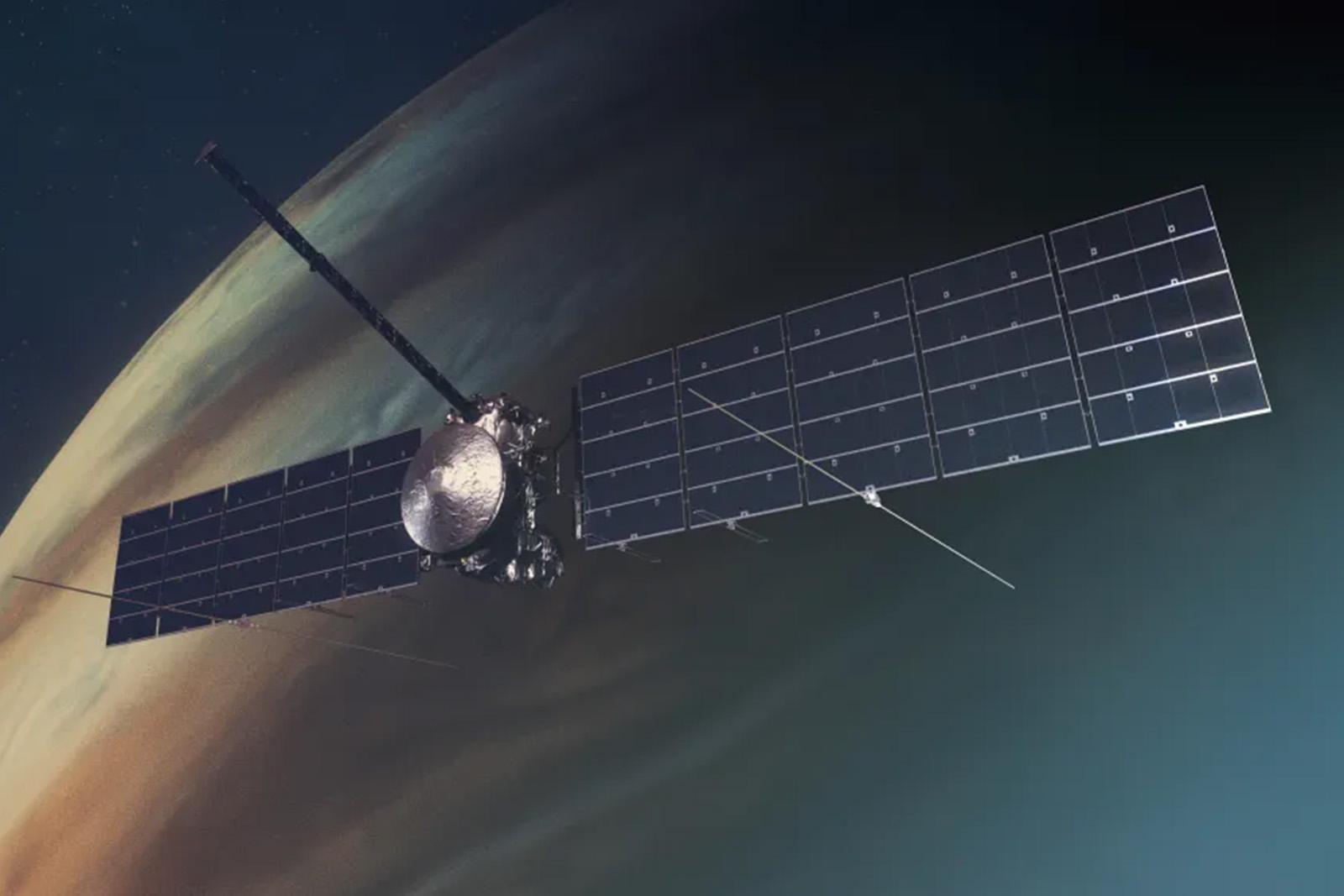
This artist’s concept depicts NASA’s Europa Clipper spacecraft with solar arrays fully deployed in orbit around Jupiter. Europa Clipper’s solar arrays are the biggest NASA has ever developed for a planetary mission.
Credit: NASA
NASA’s Europa Clipper mission successfully lifted off from the Kennedy Space Center on Oct. 14, a key milestone in the agency’s long-running effort to verify a potentially habitable environment beyond the Earth for the first time. The large, solar-powered spacecraft bound for Jupiter and its moon...
Subscription Required
NASA’s Europa Clipper Is Up And Away is published in Aerospace Daily & Defense Report, an Aviation Week Intelligence Network (AWIN) Market Briefing and is included with your AWIN membership.
Already a member of AWIN or subscribe to Aerospace Daily & Defense Report through your company? Login with your existing email and password.
Not a member? Learn how you can access the market intelligence and data you need to stay abreast of what's happening in the aerospace and defense community.





